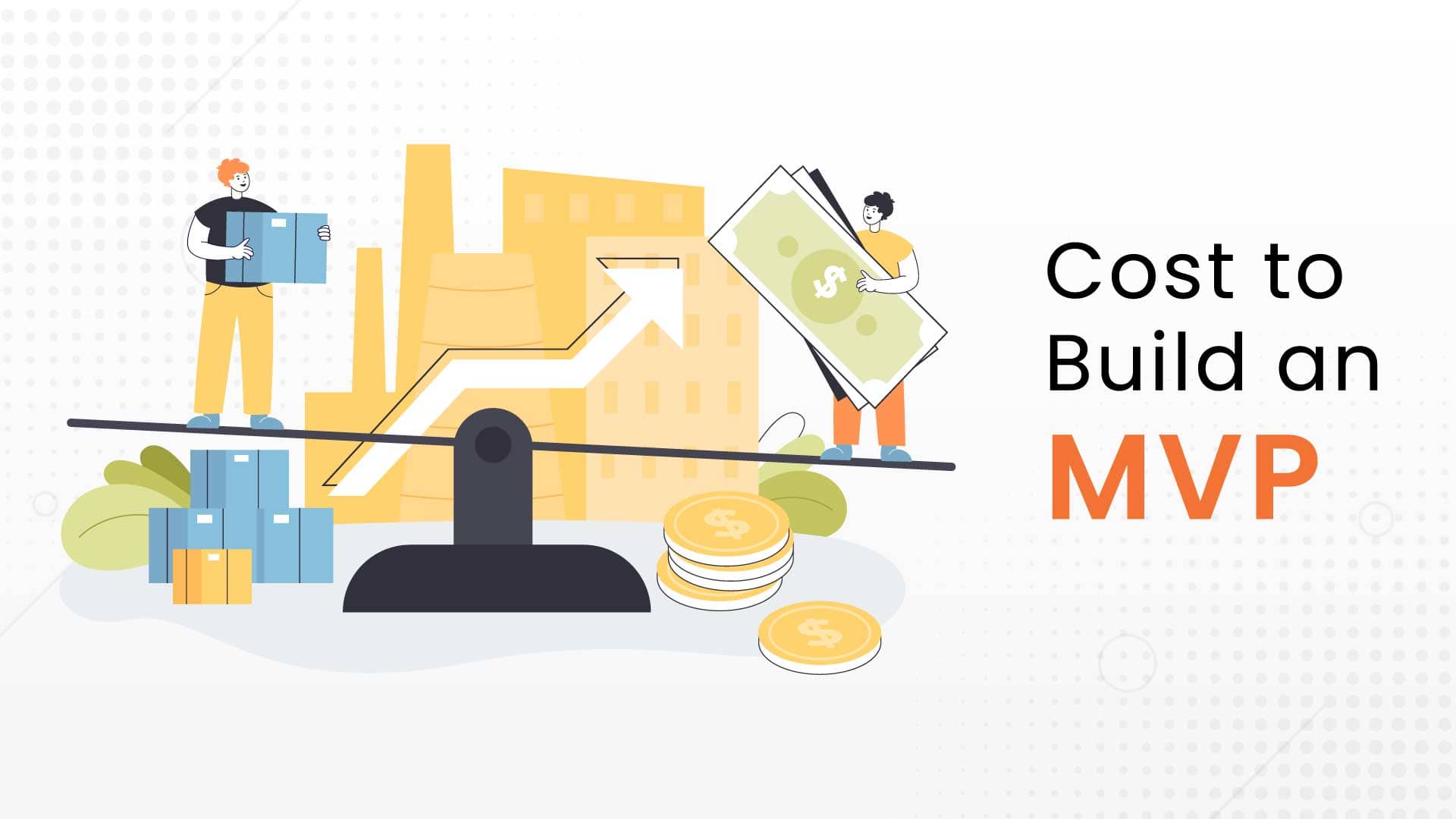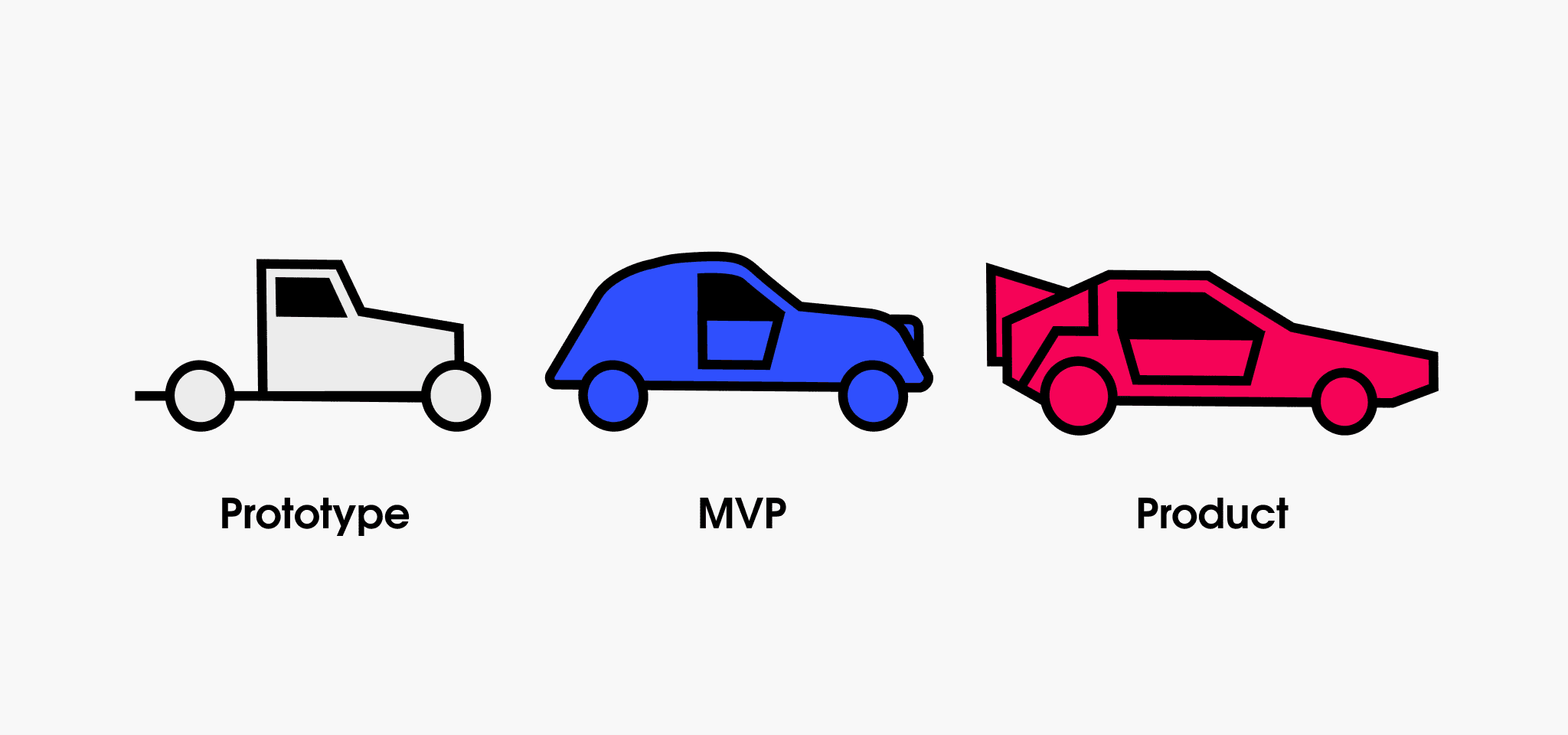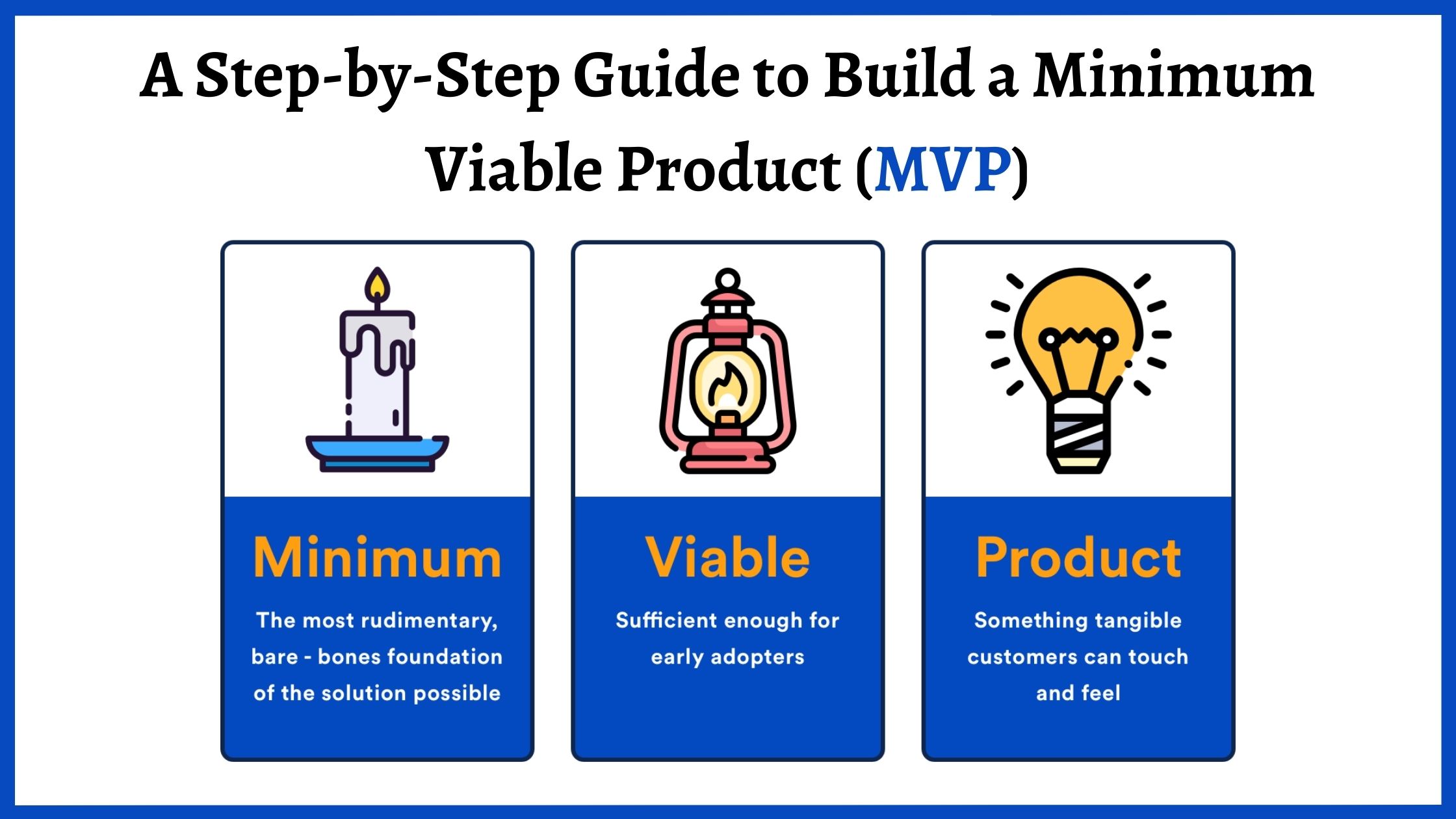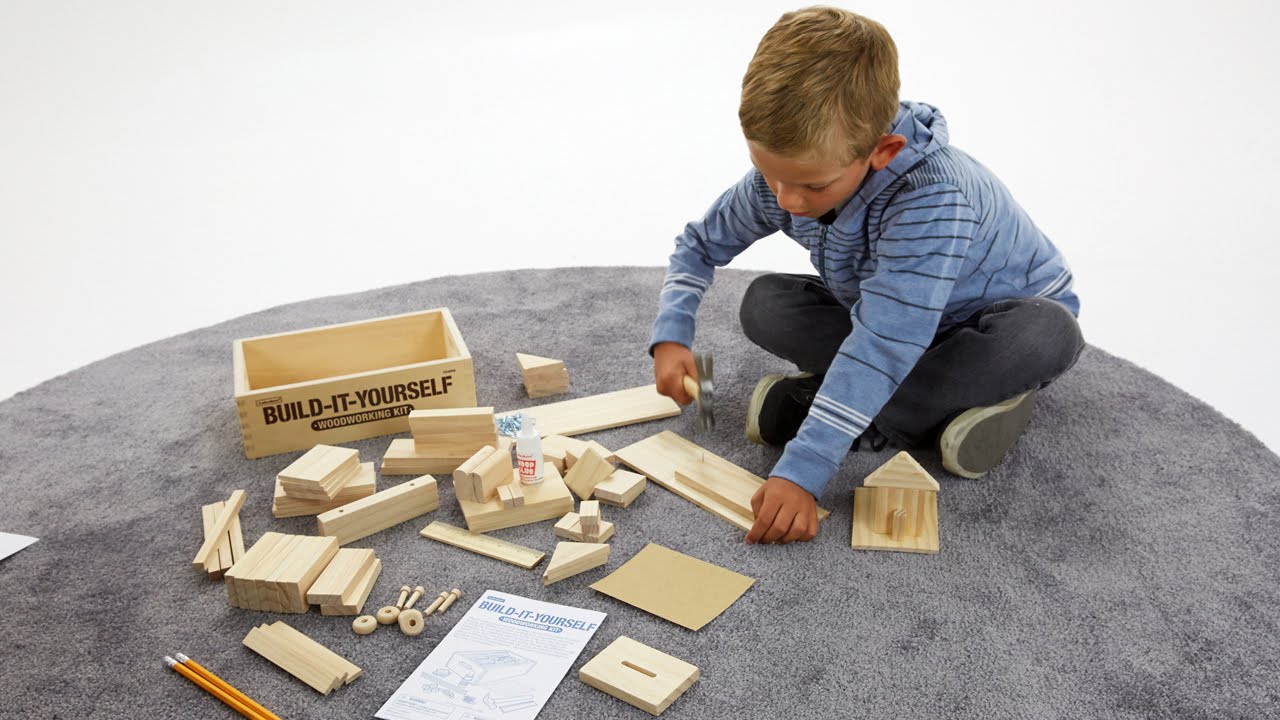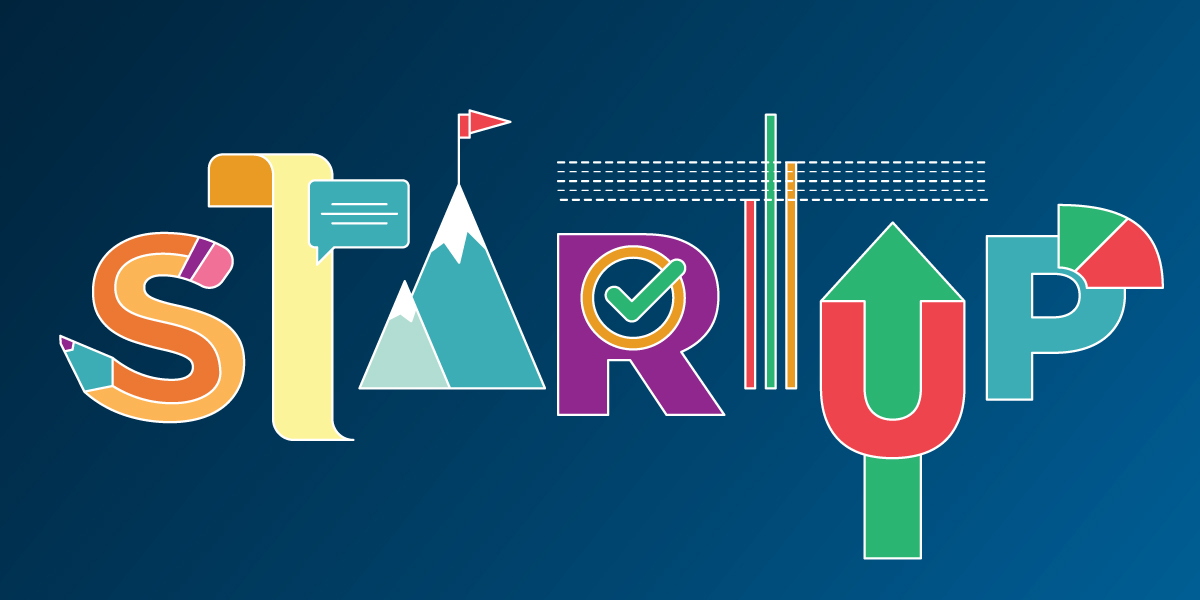The Psychology of Building an MVP: Master User Validation for Your Minimum Viable Product
Learn how to build a minimum viable product that resonates with users. Discover psychological principles for MVP builds and validation strategies that lead to product-market fit.

Introduction: Why Psychology Matters in MVP Development
Holy smokes, you're ready to build a minimum viable product! But wait - before you dive into the technical specs and feature lists, there's something even more fundamental you need to understand: the psychology of your users. After all, the most technically perfect MVP in the world won't matter if it doesn't click with real human beings.
The Psychology of Early Adoption
Understanding Early Adopter Mindset
Early adopters aren't just random users - they're a special breed with unique psychological characteristics. When building an MVP, you need to understand what makes them tick:
-
Risk Tolerance
- Higher comfort with bugs
- Willingness to try new things
- Acceptance of incomplete features
-
Psychological Rewards
- Status among peers
- Feeling of exclusivity
- Pioneer mindset
Cognitive Biases in MVP Testing
How User Biases Affect Feedback
When you build a minimum viable product, you'll encounter these common cognitive biases:
| Bias Type | Description | How to Handle |
|---|---|---|
| Confirmation Bias | Users see what they want to see | Use objective metrics |
| Recency Bias | Overemphasis on latest features | Track long-term usage |
| Novelty Bias | Initial excitement skews feedback | Monitor sustained engagement |
The Psychology of User Feedback
Getting Honest, Actionable Input
Here's the thing about feedback - users often don't tell you what they really think. When building an MVP for startups, consider these psychological factors:
-
Social Desirability Bias
- Users want to be "nice"
- Fear of hurting feelings
- Desire to be helpful
-
True Motivation Discovery
- Ask "why" five times
- Observe behavior
- Track actions vs. words
Emotional Drivers in Product Adoption
Understanding User Motivations
Your minimum viable product needs to tap into these core emotional drivers:
-
Fear
- Missing out (FOMO)
- Being left behind
- Making mistakes
-
Desire
- Status improvement
- Problem resolution
- Life enhancement
The Power of First Impressions
Psychological Impact of MVP Design
You never get a second chance at a first impression. When you build a minimum viable product, focus on:
-
Visual Psychology
- Color impact
- Layout flow
- Visual hierarchy
-
Cognitive Load
- Information chunking
- Progressive disclosure
- Clear navigation
User Journey Psychology
Mapping Emotional States
Understanding the psychological states during user journey:
-
Awareness Phase
- Problem recognition
- Solution discovery
- Initial skepticism
-
Consideration Phase
- Feature evaluation
- Trust building
- Risk assessment
Psychological Barriers to Adoption
Overcoming User Resistance
Common psychological barriers when building an MVP:
-
Change Resistance
- Habit interruption
- Learning curve fear
- Status quo bias
-
Trust Issues
- Security concerns
- Privacy worries
- Credibility questions
The Psychology of Pricing
Value Perception in MVPs
Pricing psychology for minimum viable product services:
-
Anchoring Effects
- Reference pricing
- Value comparison
- Premium positioning
-
Psychological Pricing
- Price points
- Package structure
- Trial periods
User Engagement Psychology
Maintaining Long-term Interest
Keep users engaged with these psychological principles:
-
Variable Rewards
- Unpredictable benefits
- Achievement systems
- Progress indicators
-
Social Proof
- User testimonials
- Usage statistics
- Community engagement
The Role of Storytelling
Narrative Psychology in MVP Builds
Craft compelling narratives for your MVP:
-
Story Elements
- Problem illustration
- Solution journey
- Success visualization
-
Emotional Connection
- Relatable scenarios
- Personal impact
- Future benefits
Decision-Making Psychology
Understanding User Choices
How users make decisions about your MVP:
-
Choice Architecture
- Option presentation
- Default settings
- Decision flow
-
Decision Factors
- Emotional triggers
- Rational validation
- Social influence
Psychological Aspects of Onboarding
First-Time User Experience
Critical psychological elements in onboarding:
-
Cognitive Ease
- Simple steps
- Clear progress
- Quick wins
-
Motivation Maintenance
- Value demonstration
- Early success
- Confidence building
The Psychology of Feedback Collection
Getting Inside Users' Minds
Effective feedback strategies for MVP builds:
-
Question Design
- Open-ended prompts
- Scenario-based queries
- Behavioral indicators
-
Response Analysis
- Sentiment tracking
- Pattern recognition
- Insight extraction
FAQs About User Psychology in MVPs
Q: How do you identify true user needs versus stated preferences? A: Focus on observing actual user behavior rather than just listening to what they say they want.
Q: What's the most effective way to handle negative user feedback? A: Look for patterns in criticism and focus on understanding the underlying user needs rather than specific feature requests.
Q: How can you prevent user churn in early MVP stages? A: Build engagement loops into your core features and maintain regular communication with early adopters.
Q: When should you ignore user feedback? A: When feedback contradicts core metrics or comes from users outside your target market.
Q: How do you balance user desires with technical constraints? A: Focus on solving the core problem effectively rather than implementing every requested feature.
Q: What psychological triggers drive viral adoption? A: Social proof, exclusivity, and the fear of missing out (FOMO) are key drivers of viral growth.
Conclusion: The Human Side of MVP Development
Remember, building an MVP isn't just about features and functions - it's about understanding and connecting with real humans. Success comes from:
- Understanding psychological drivers
- Addressing emotional needs
- Removing psychological barriers
- Building trust and engagement
- Maintaining user motivation
Whether you're using minimum viable product services or building in-house, keep the human element front and center. The most successful MVPs don't just solve problems - they create emotional connections with users.
Start with user psychology, build with empathy, and validate with real behavior. That's how you create an MVP that doesn't just work - it resonates.
